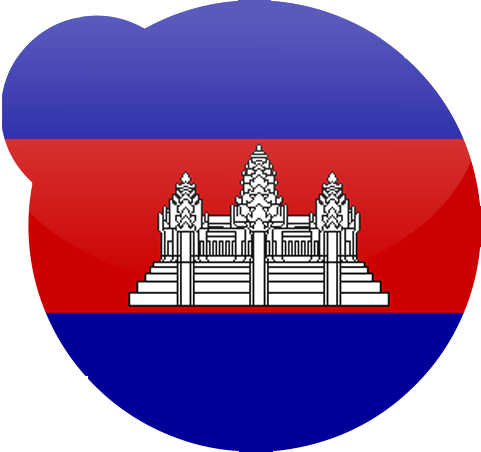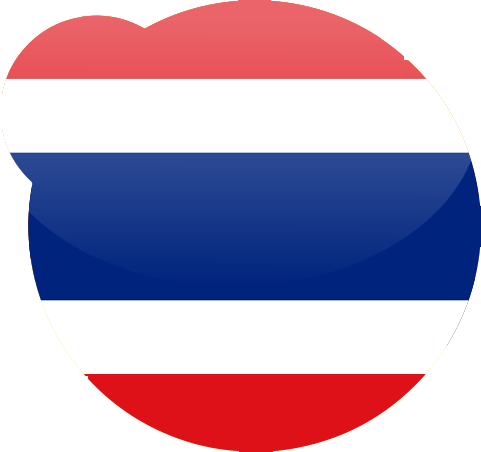Nt Campus
- Home
- Creatinekinase – Effects with EMS
Creatinekinase – Effects with EMS

Differentiation of muscles according to structure
The most important energy source in the body is ATP (adenosine triphosphate). This can split off a phosphate group, releasing energy and converting it into ADP (adenosine diphosphate).
In some tissues that require a lot of energy, such as skeletal muscles, energy is stored but not exclusively in the form of ATP. The high concentrations of ATP that would be required would destroy the cells.
Instead, high concentrations of phosphocreatine exist. Phosphocreatine can transfer a phosphate group to ADP, which turns ADP back into ATP and can thus serve as an energy source again.
This is where phosphocreatine is converted to creatine. The enzyme creatine kinase (CK) catalyses this transfer of the phosphate group to ATP.
Creatinkinase-Level
This means that new ATP can be made available quickly in the event of short-term, high energy requirements.[1]
Exercise increases creatine kinase levels because there is an increased need to regenerate ATP. However, an increase in the concentration of this enzyme is also considered an indicator of heart or skeletal muscle disease, rhabdomyolysis (dissolving of muscle fibres) and acute kidney failure.
CK – Werte
Therefore, the question is repeatedly raised whether strongly increased CK values after training are a sign of harmful overexertion.
It is known that sporting activity can lead to significantly increased CK values even when there are no further signs of kidney damage. Even leisure activities such as shoveling snow or lifting heavy objects can significantly increase CK levels.
Only in combination with other factors such as dehydration, heat stress, pre-existing underlying diseases or genetic predisposition can elevated CK levels be an indicator of rhabdomyolysis due to physical exertion.[2]
Elevated CK values alone are not an indicator of a health-damaging overload.
– Judith Münch
After EMS training, strongly elevated CK values were measured in the trainees (up to 117-fold increase).[3] The strongest increase in the creatine kinase level is detectable after 72-96h. Despite these pronounced values, no health complications were detected. This increase in CK values is 8.5 times higher than the increase after a marathon run, which shows the intensive stress of WB-EMS training.
However, it was also found that after 10 weeks of EMS training, the increase in CK values is only 21 times higher than the baseline values, which indicates a rapid adaptation of the body to the training conditions.[4]
The reason for this adaptation is the “repeated bout effect”. This means that the body is able to adapt to a repetitive load and thus the risk of muscle damage is significantly reduced compared to the initial load. [5]
Avoid muscle damage
In order to avoid muscle damage, it is therefore advisable to avoid overloading especially at the beginning of training with WB-EMS. In principle, correctly applied EMS does not pose a risk of rhabdomyolysis. Elevated CK levels can be an indicator of overloading, but an isolated consideration of the CK level is no guaranteed proof of health damage.
- Lamprecht, W., et al., Creatine phosphate, in Methods of enzymatic analysis. 1974, Elsevier. p. 1777-1785.
- 2 Clarkson, P.M. and E.R. Eichner, Exertional rhabdomyolysis: does elevated blood creatine kinase foretell renal failure? Current sports medicine reports, 2006. 5(2): p. 57-60.
- 3 Kemmler, W., M. Teschler, and M. Bebenek, (Very) high Creatinkinase concentration after exertional whole-body electromyostimulation application: health risks and longitudinal adaptations. Wiener medizinische Wochenschrift (1946), 2015. 165(21-22): p. 427-435.
- 4 Teschler, M., et al., (Very) high creatine kinase (CK) levels after Whole-Body Electromyostimulation. Are there implications for health? 2016.
- 5 McHugh, M.P., Recent advances in the understanding of the repeated bout effect: the protective effect against muscle damage from a single bout of eccentric exercise. Scandinavian journal of medicine & science in sports, 2003. 13(2): p. 88-97.
- Image Source TECNATIVES International
GET IN TOUCH
Write us a short message to receive your desired information. Alternatively, you can contact one of our distributors in your region directly.















